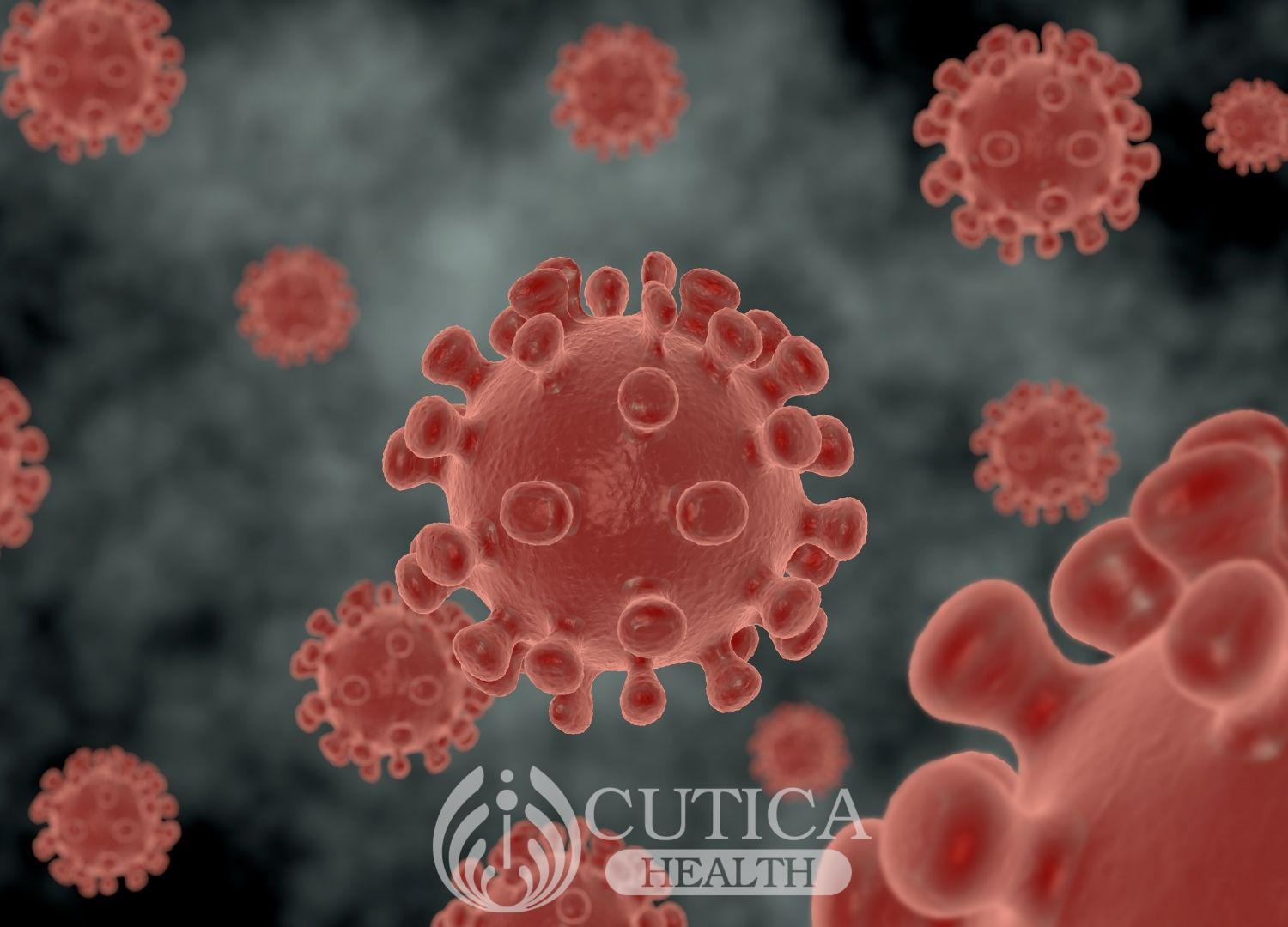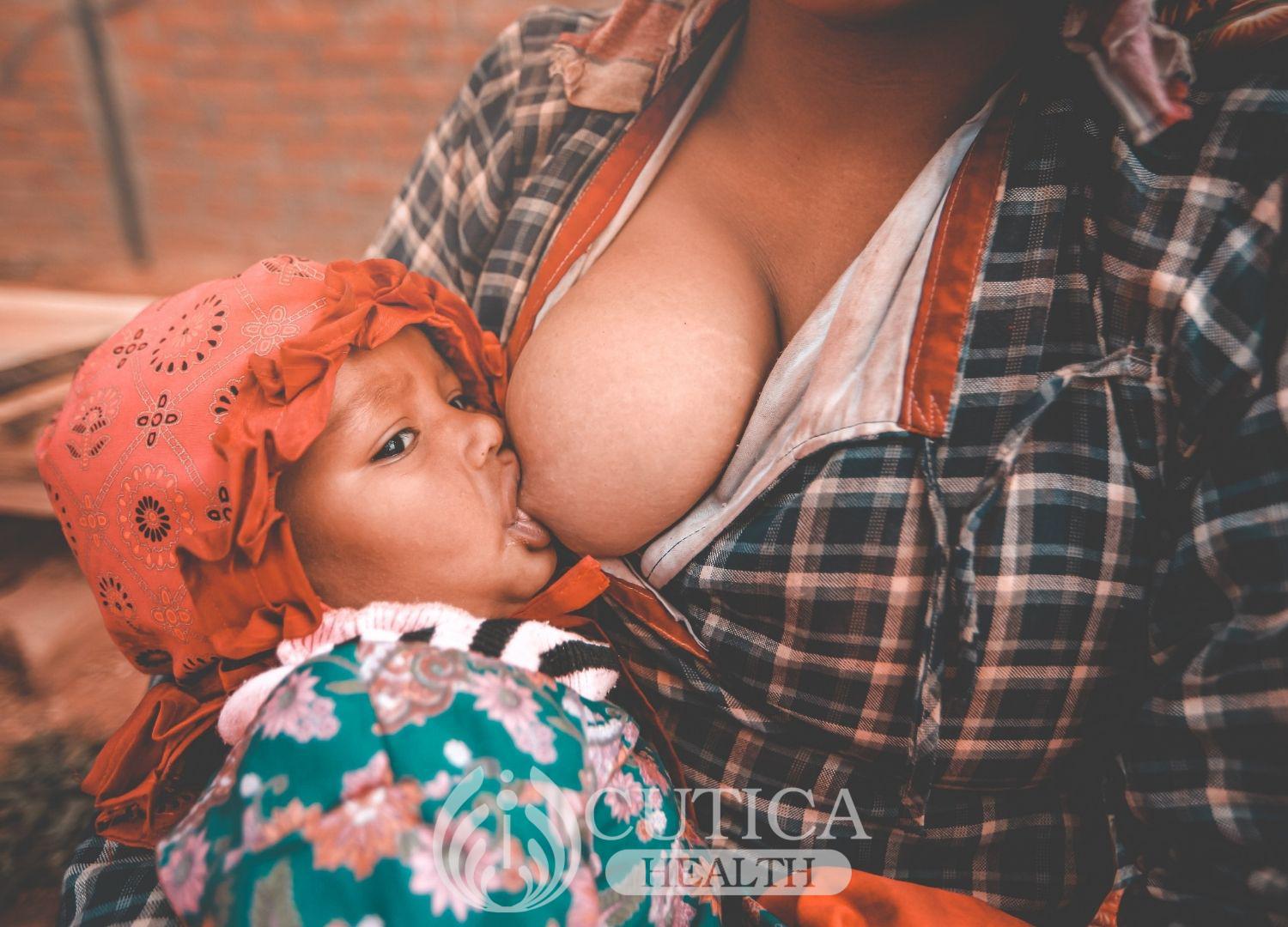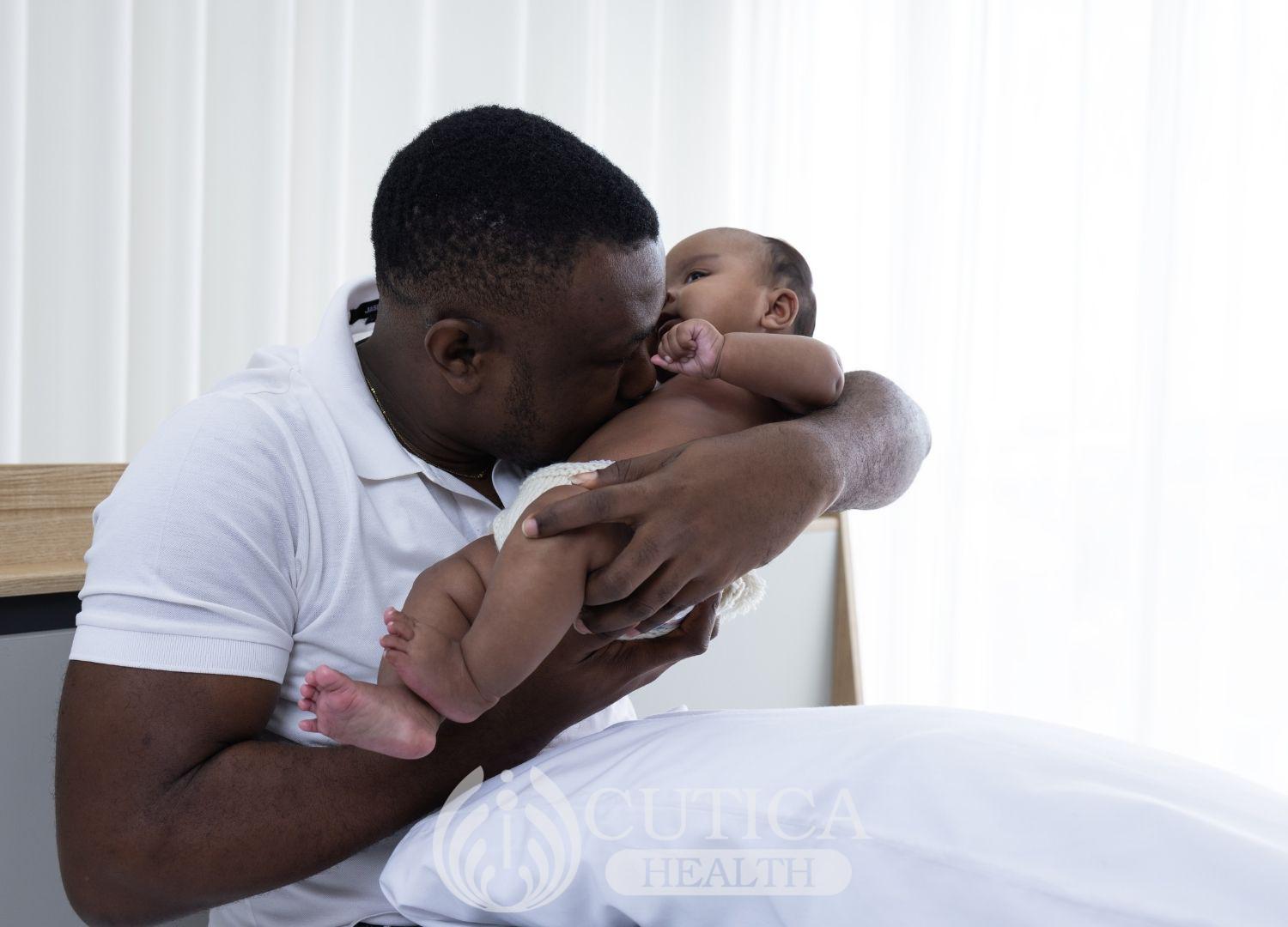
Pneumonia is an infection of the lungs by microorganisms which could be bacterial, viral or fungi. It is one of the commonest causes of under-five deaths in the world. In fact, pneumonia is the single largest infectious cause of death in children worldwide. The new-born is usually classified as a child in the first 28 days of life and is characterized by peculiar features that make pneumonia in them life threatening.

The new born has an evolving immune system which makes it difficult to clear out infections thus making it a candidate for pneumonia. Importantly, pneumonia in a new-born could result in overwhelming sepsis; infection that spreads to the whole body via the blood stream with a potential for multiple organ failure.
Pneumonia in new-borns is usually caused by viruses. Common viral causes for pneumonia include respiratory syncytial virus or influenza infection. Other causes are bacterial, which newborns contract while passing through the birth canal or while in the hospital for other reasons. Sometimes, the infection can happen after the newborn is taken home as is commonly seen in community acquired pneumonia. Bacterial causes of pneumonia include Streptococcus pneumoniae, Haemophilus influenza, Listeria monocytogenes, etc. Fungal causes are not common in new-borns.

Symptoms of pneumonia in new-borns are quite varied and it is important that presentation at a hospital for immediate care is important for care. Temperature instability: fever or reduced temperature, laboured breathing, fast breathing, poor suckling, irritability, cough, vomiting, wheezing, fast breathing, etc. are different ways new born could present with pneumonia. Signs of infection in the mother before birth such as fever, tenderness of the womb during labour, prolonged labour, foul smelling vaginal discharge, etc. would raise the suspicion for pneumonia in the new born.

Treatment of pneumonia in the new-born is with antimicrobial therapy and respiratory support. Usually broad-spectrum antibiotics which are peculiar to the environment where such infections occur are used. This is so that a large number of organisms are covered for and after some blood tests return, the antibiotics can be changed or continued depending on clinical symptoms. Respiratory support includes the use of supplemental oxygen, clearing the airway via suctioning or other methods. Other supportive measures include giving blood and fluids when necessary, adequate nutrition, maintenance of temperature, blood glucose control, etc. This is important to keep the balance of all systems in the body.
Preventive measures remain the best approach to a lot of medical ailments. Common preventive methods include use of broad-spectrum antibiotics in mothers with risk factors of transferring infections to the child, proactive admission of new borns with risk factors in the neonatal intensive care unit, suctioning the airway after birth to extract any substance that could harbour bugs, etc. However, immunizations are the most effective way of preventing pneumonia in children. But this is limited in the new born.

Pneumonia in the new-born is an important cause of death worldwide and should be treated promptly to avoid mortality in the new-born. Knowing about the symptoms and prompt presentation to the appropriate facility can make the difference between life and death.












